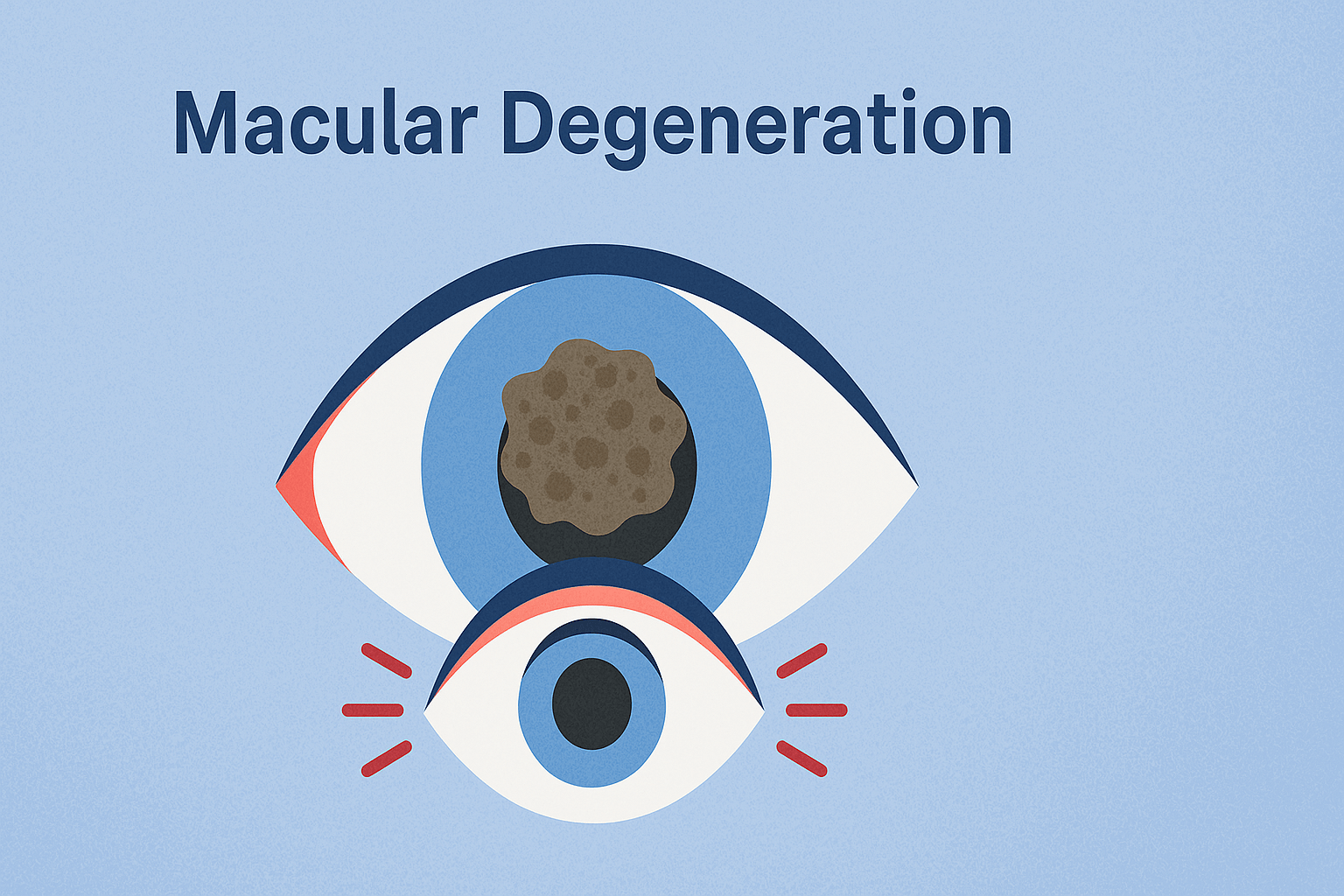Knee osteoarthritis treatment: Overview. Did you also know that over 32 million adults in the U.S. have osteoarthritis? For a great number of them, this degenerative condition means a difference between an active lifestyle and discomfort experienced daily. If you are one of the folks tired of sitting on the sidelines, then this guide covers everything there is to read about knee osteoarthritis treatment-from in-home strategies to hallmark therapies. Why Should One Treat Knee Osteoarthritis?
Knee osteoarthritis is not just a matter of “wear and tear.” It involves the death of cartilage, inflammation, and damage within the joints that eventually worsens if no treatment is given. Ignoring symptoms usually leads to chronic pain, reduced mobility, and even disability.
Effective treatment slows the progression, alleviates pain, and restores the quality of life; hence, early intervention is crucial.
Important Benefits of Knee Osteoarthritis Treatment
- Pain Relief: It relieves stiffness in daily activities.
- Improved Mobility: Walk, climb stairs, and be active again.
- Slowing the Damage to the Joint: Take interventions that can receive advanced and enhanced care, not leaving the joint in worse condition.
- Enhancing Quality of Life: Less or no pain translates to better sleep, mood, and independence.
Stepwise Guide: From Diagnosis to Recovery
1. Get An Early Diagnosis
A full orthopedic work-up with X-rays, MRIs, and physical examinations should assess the cartilage damage.
2. Lifestyle Modification
- Weight Control: Losing even 10 pounds can considerably relieve pressure on the knees.
- Low-impact Exercise: Swimming, cycling, and walking enhance joint pliability without stress.
3. Physical Therapy
Options that fit your needs can condition the surrounding muscles while supporting the joint.
4. Medication and Supplements
- NSAIDs, such as ibuprofen, help reduce the inflammation and pain.
- Topical creams like Voltaren Gel provide on-spot relief.
- Supplements such as glucosamine and chondroitin give mixed results but could work for some patients.
5. Injections
- Corticosteroids serve for short-term relief but should not be administered too frequently.
- Hyaluronic Acid injections (e.g., Synvisc, Euflexxa) may provide lubrication to the joint to allow for better movement.
- Platelet-Rich Plasma: Uses your own blood’s healing factors to reduce inflammation and promote repair.
6. Advanced Options
- Radiofrequency Ablation: Minimally invasive procedure to block nerve signals causing pain.
- In extreme cases, a surgical intervention referred to as an operative procedure would come in handy for a total or partial knee replacement.
Real-World Success Story: Lisa’s Comeback
The hurting of her knees due to OA made Lisa, an avid hiker of 58 years, face her inability to do this. She recalls, “I felt like my body was betraying me.” With weight loss, physical therapy, and also PRP injections in the mix, Lisa is already back to hiking again with no pain whatsoever.
“It required discipline, but it gave me my life back.”
Tips for knee osteoarthritis
- Apply ice or heat to relieve swelling and stiffness.
- Wear supportive shoes that help improve the alignment of the joints.
- Introduce some assistive devices in the home (handrails, ergonomic chairs, etc.).
- Keep a journal to note your pain levels to help monitor progress and any triggers leading to the pain.
- Consider joining a support group to share experiences and motivate one another.
Common Mistakes
- Pain medication overdose: Pain masking without treating the root cause.
- Not exercising: Inactivity only worsens stiffness and weakness.
- Ignoring initial symptoms: The earlier one identifies OA, the greater the chances of treatment being successful.
- Trying every supplement in the book without proper guidance: Speak to your physician before you experiment.
- Putting off treatment: Delay can cause irreversible damage.
Prospective directions in care for knee osteoarthritis:
- Stem cell therapy: New emerging evidence suggests that stem cell therapies can regenerate cartilage.
- Wearable tech: Smart devices and braces track movements and offer real-time feedback.
- Digital rehab: Physical virtual therapy by apps such as Kaia Health or Hinge Health.
- Personalized medicine: Genetic profiling to design treatment plans for each individual.
Conclusion-Personal Action: Be One Step Closer to Living Pain-Free
A lifestyle dominated by knee osteoarthritis is not necessarily required. With an appropriate dose of lifestyle and medical treatment options, birthday therapies could help one manage the symptoms of illness and bring back mobility.
Start by consulting with a specialist today, and take the first step toward stronger, healthier knees.
🌊 Looking for more expert-backed health advice? Subscribe to our newsletter and stay ahead with the latest treatment breakthroughs and tips for active living.




